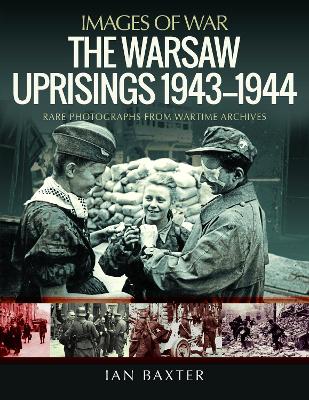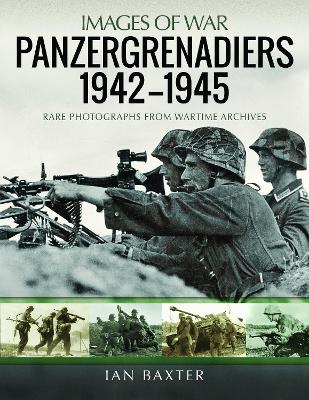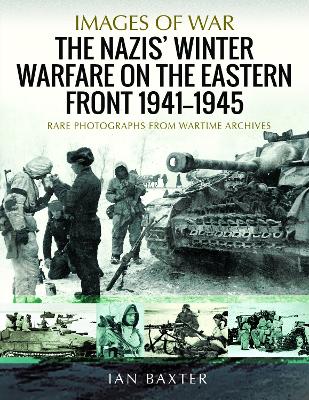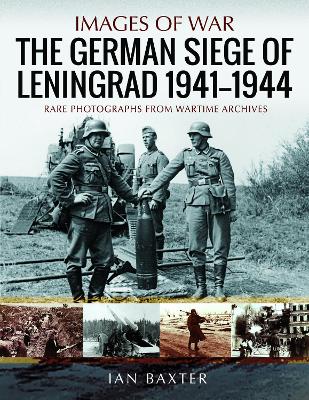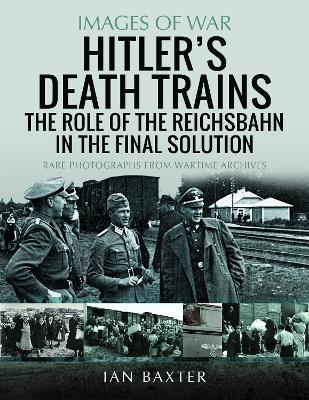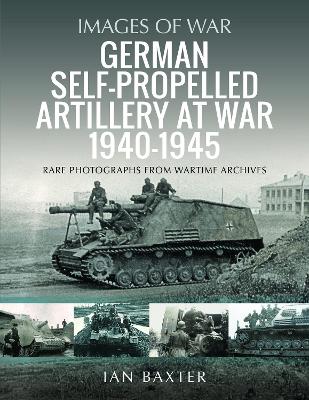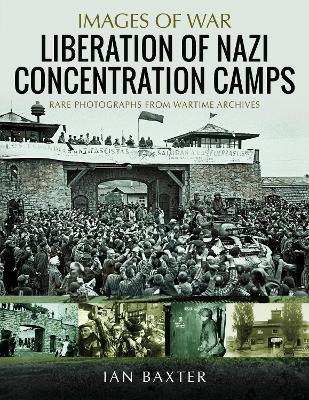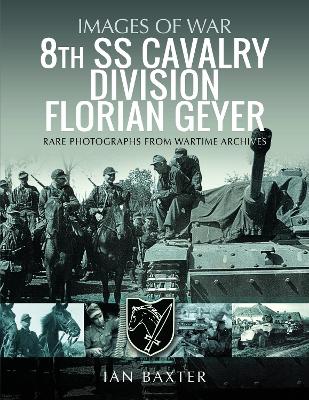Images of War
50 total works
In response the left-wing Jewish Combat Organisation (ZOB) and right-wing Jewish Military Union (ZZW) formed and began training, preparing defences and smuggling in arms and explosives.
The first Warsaw Ghetto Uprising began in April 1943\. Although this was quelled at devastating cost to the Jewish community, resistance continued until the summer of 1944\. By this time the Red Army was closing on the city and with liberation apparently imminent the 40,000 resistance fighters of the Polish Home Army launched a second uprising.
For sixty-three days the insurgents battled their oppressors on the streets, in ruined buildings and cellars. Rather than come to their aid the Russians waited and watched the inevitable slaughter.
This gallant but tragic struggle is brought to life in this book by the superb collection of photographs drawn from the album compiled for none other than Heinrich Himmler entitled Warschauer Aufstand 1944.
As this classic new Images of War book describes, these elite divisions fought as mechanized infantry and escort for and in close cooperation with panzers and other armoured fighting vehicles. Trained to fight both mounted and on foot, their priority was to maintain the fast momentum of armoured troops on the battlefield.
Using a wealth of rare, often unpublished, photographs with detailed captions and text, the author charts the fighting record of the Wehrmacht and Luftwaffe Panzergrenadiertruppe units.
This includes their initial successes on the Eastern Front. But as defeat approached, they were forced on the defensive on all fronts including the bitter fighting in Italy and the Western Front. As well as describing their many actions, the book details the vehicles and weapons used and main personalities.
Without doubt Russian winter conditions were a major factor compounded by the Germans' woeful lack of preparedness.
As this fascinating book reveals, Wehrmacht and SS units only began to be issued with winter clothing in late 1941 and many had to improvise well into 1942.
In an attempt to restore morale adversely affected by the harsh conditions and military reversals 'The Winter Warfare Handbook' (Winter Buch) was produced in 1942 and extracts are quoted in this work.
Commanders had to adapt to the snow, freezing conditions and, almost worse, the impassable roads during the melt. With customary thoroughness and drastic measures the Germans largely mastered the climatic challenges but nothing could mask the reality of the ruthless and numerically superior enemy that they faced.
This shocking book tells the story of this inhuman venture from its conception and planning, and though to the bitter, tragic end.
Using rare and often unpublished photographs with full captions and authoritative text, it provides a comprehensive coverage of Romanian, Bulgarian and Hungarian tanks and other armoured fighting vehicles. In addition, it describes Yugoslavian, Serbian and Slovakian armour in addition to armour originating from the Fatherland.
Examples of tanks and assault guns are the Romanian TCAM R-2 (Panzer 35t tank destroyer), TACAM T-38 (Panzer 38t), the Bulgarian Jadgpanzer 38(t), StuG40 Ausf.G, Pz.Kp.IV AusH and the Hungarian StuG.III Ausf.G, not forgetting Tigers & Panthers.
As well as giving technical specifications, the book traces the fighting record of these vehicles between 1943 - 1945. It shows how armoured units fought bands of partisans, and were used to defend their frontiers against the overwhelming might of the Red Army, until they were either captured or destroyed.
The bitter and prolonged fighting often under appalling climatic conditions resulted in many thousands of casualties for both sides from direct action and constant indirect artillery and air attack. Arguably most shocking was the loss of life due to the systematic starvation of the civilian population trapped inside and the intentional destruction of its buildings.
Drawing on a superb collection of rare and unpublished photographs with detailed captions and explanatory text, this dramatic book vividly portrays every aspect of the siege which has the dubious claim of being arguably the most costly in human and material terms of any in recent military history.
Hitler's Death Trains: The Role of the Reichsbahn in the Final Solution
by Ian Baxter
Little coverage has been given to the role played by the Deutche Reichsbahn (German National Railway). In fact, the success of the �Final Solution' was dependent on the efficient utilization of the vast train network of Germany and the Nazi occupied territories. Without this it would have been impossible for Hitler's henchmen to transport their victims in sufficient number to the extermination camps such as Auschwitz.
While conditions on the trains were invariably inhuman, many Jews were forced to fund their own deportations through deposits paid to the SS towards �The resettlement to work in the East' programme.
Although these �death trains' competed for valuable track space with Nazi war effort requirement, the importance of the extermination programme perversely prevailed.
The conclusion of this well researched and highly illustrated book is that without the Reichsbahn, the industrial murder of millions of Jews, Roma and other �undesirables' would not have been possible on the scale that was so tragically achieved
This highly illustrated book describes the key role played by German self-propelled artillery from its introduction in 1940 in France, to North Africa, Italy, Russia and North-West Europe. It analyses the development of the numerous variants that came into service as these formidable weapon systems were adapted and up-gunned to face the ever-increasing enemy threat. With rare and often published photographs this book provides a unique insight into German self-propelled artillery from its early triumphant war years to final defeat in 1945.
While the Germans attempted to hide the evidence by demolishing much of the camps' infrastructure, the pace of the Soviets' advance through Poland meant that the gas chambers at Majdenak near Lublin were captured intact.
Auschwitz had received over a million deportees yet when liberated in January 1945 only a few thousand prisoners were there as the vast majority of surviving prisoners had been sent on forced death marches to more westerly camps such as Ravensbruch and Buchenwald. Condition in these camps deteriorated further due to overcrowding and the spread of deadly diseases.
In every camp shocking scenes of death and starvation were encountered. When British troops reached Bergen-Belsen in April 1945, there were some 10,000 unburied dead in addition to the mass graves, in addition to 60,000 starving and sick inmates in utterly appalling conditions.
The words and images in this disturbing book are a timely reminder of man's inhumanity to his fellows and that such behaviour should never be repeated.
After moving South, the Division took part in the retreat from the Dnieper River before operating in Hungary and Croatia.
The end came when trapped in Budapest by Soviet and Romanian forces, the Division was destroyed in December 1944\. By the end of the siege only 800 of the 30,000 men in the SS Corps reached German lines.
Using many startling contemporary images, this latest book in the Author's SS Division series vividly illustrates the horror of warfare on the Eastern Front.
